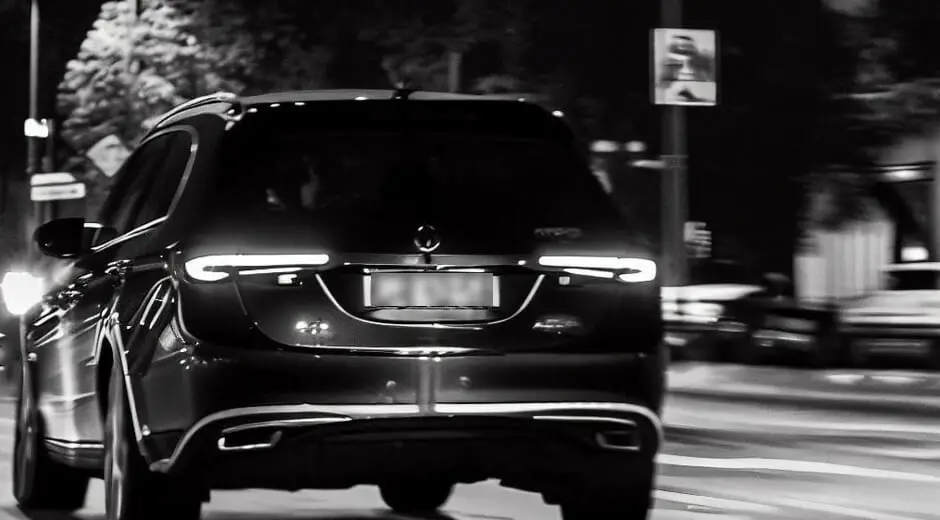Imagine you’re home on a dark night and suspect a strange car outside is casing your house. You check your security cameras, but can they read license plates at night?
While regular security cameras may struggle to capture license plates at night, specialized cameras like LPR and 4K security cameras can. LPR cameras use infrared or ambient light for clear footage, even in low light. 4K security cameras offer an ultra-high-definition resolution, capturing fine details but may struggle with moving vehicles.
Now, let’s dive deeper into the importance of the right security camera features for night-time license plate recognition.
Types of Security Cameras for License Plate Reading At Night

| Effectiveness | Security Camera Types | Nighttime Effectiveness |
|---|---|---|
| 1 | LPR Cameras | – Excellent low-light performance for reading license plates – Uses infrared illuminators for enhanced nighttime license plate reading |
| 2 | 4K Cameras | – May not capture moving license plates – Improved low-light plate reading performance compared to 1080p cameras |
| 3 | Common 1080p Cameras | – Limited low-light performance – Challenging for reading license plates in low-light conditions |

Common 1080p Security Cameras (Not Effective)
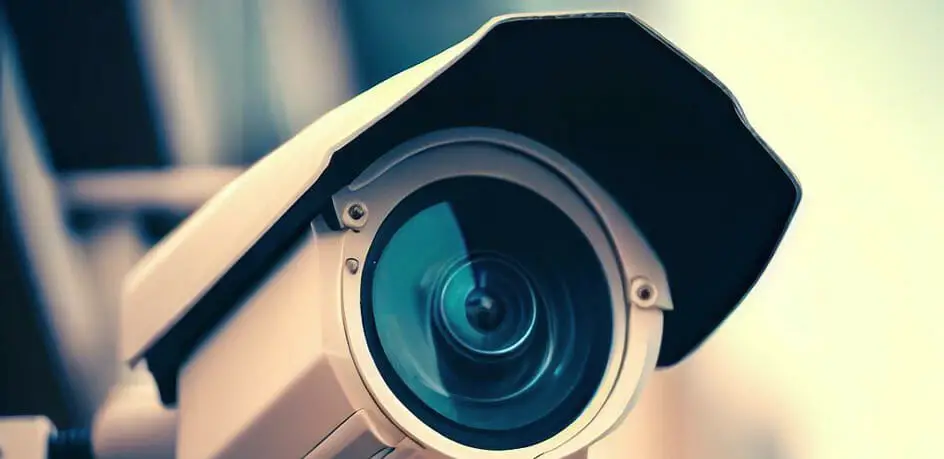
1080p security cameras, or Full HD cameras, are commonly used for general surveillance in residential and commercial settings. While they are widely available and affordable, it’s important to note that they may not be an effective option for license plate reading, especially at a distance or during nighttime. Here’s why:
- Resolution Limitations: 1080p cameras have a maximum resolution of 1920 x 1080 pixels, which can limit the level of detail captured, particularly when it comes to smaller text, like license plate numbers. License plates require higher resolution to ensure legibility and accurate recognition.
- Pixel Density: License plates often have small characters, and capturing them clearly requires a higher pixel density. 1080p cameras may not have sufficient pixel density to render license plate numbers accurately, especially when the plate is far from the camera.
- Limited Low-Light Performance: Some 1080p cameras have built-in infrared LEDs for night vision, but their low-light performance may not be optimized for license plate reading. Without specialized lenses, advanced image processing, or specific algorithms for license plate recognition, these cameras may struggle to provide clear and readable license plate images in low-light conditions.
- Field of View and Distance: The field of view and focal length of 1080p cameras may not be ideal for capturing license plates at a distance. License plates on moving vehicles can be challenging to read, especially when the camera is far away. The limited zoom capabilities and a narrower field of view of 1080p cameras can further hinder their effectiveness in capturing license plate details accurately.
4K Security Cameras (Somewhat Effective)
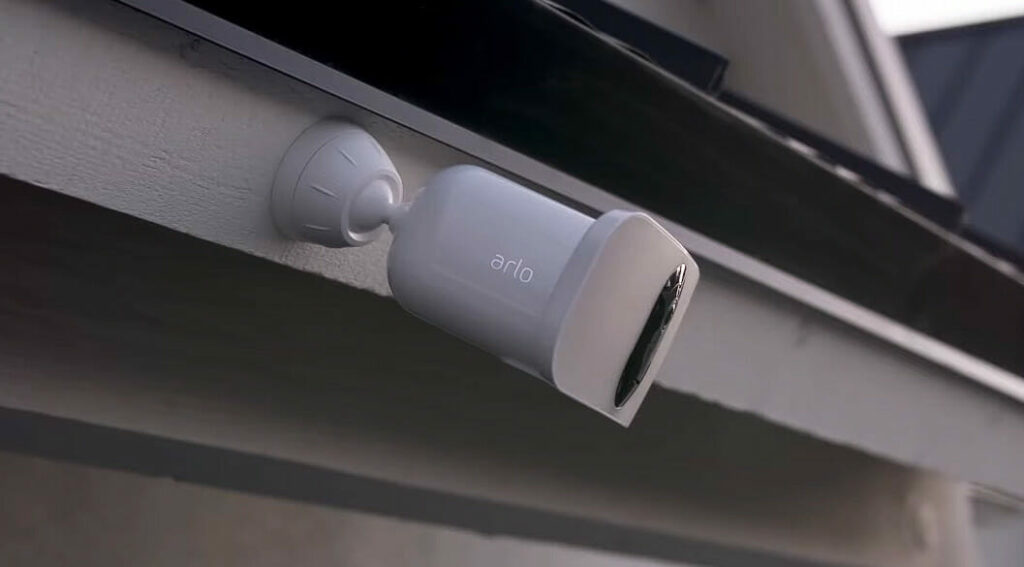
Now that we’ve talked about LPR cameras let’s move on to something more advanced – 4K security cameras.
These cameras offer an ultra-high-definition resolution, which makes them significantly more effective in capturing fine details like license plates. I’ve compared them with lower-resolution cameras, and the difference is astonishing.
However, remember that they may not always capture license plates on moving vehicles, as they’re designed for general surveillance, such as capturing people or animals.
LPR Cameras (Very Effective)
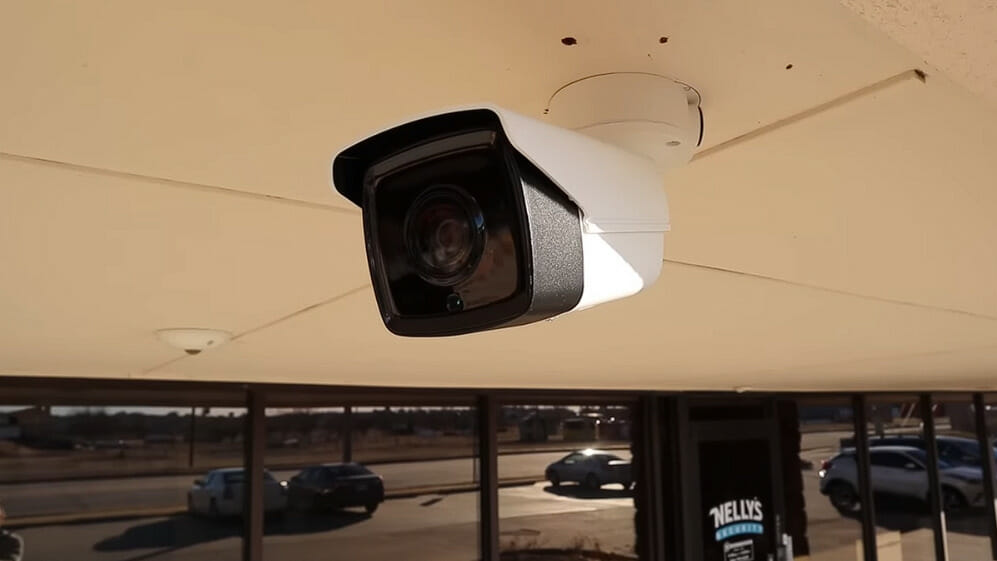
Let me start by telling you about LPR or license plate recognition cameras. They specialize in reading license plates both during the day and nighttime.
License Plate Recognition (LPR) cameras are not as commonly used in the residential market as in commercial or law enforcement settings. LPR cameras are primarily deployed in areas where there is a need for automated license plate recognition, such as parking lots, toll booths, or high-security facilities.
These cameras use infrared illuminators or ambient light to record the numbers and letters on a license plate, ensuring clear and usable footage even with limited light or glare issues.
Trust me, I’ve seen these cameras in action, and their ability to capture license plate details in all lighting conditions is impressive.
Don’t get me wrong; not all LPR cameras are created equal, but the good ones can clearly capture a car’s license plate numbers even at night.
How to Tell if It Can Read License Plates at Night
For visual inspection, if you suspect a camera can read license plates at night, you can look for these features below.
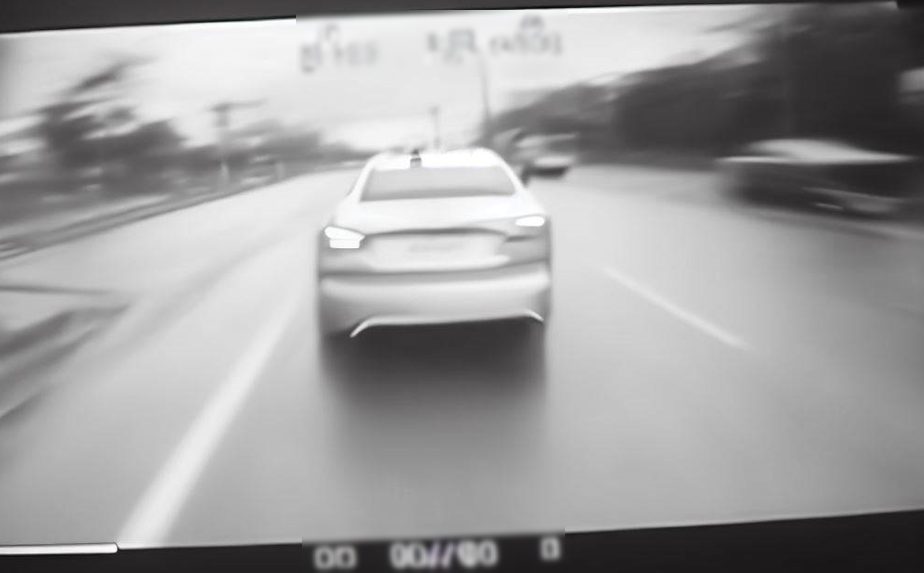
- Lens Size: A larger lens diameter can suggest the potential for better light gathering, which can improve low-light performance. Cameras with larger lenses might be more suitable for capturing clear images of license plates at night.
- Infrared Cut Filter: Some cameras have an infrared cut filter that helps enhance image quality during the day but can affect low-light performance. If the camera has a removable or switchable infrared cut filter, it might be more suitable for night vision and license plate reading.
- Infrared LEDs: Look for cameras with visible infrared LEDs around the lens or camera housing. These LEDs indicate the camera has built-in infrared illuminators designed to enhance visibility in low-light conditions. However, remember that the presence of infrared LEDs does not guarantee optimal license plate reading performance.
- Resolution and Image Sensor: Higher-resolution cameras with larger image sensors perform better in low-light conditions. Look for cameras with specifications that indicate higher pixel density and better low-light sensitivity, as they can contribute to improved license plate reading at night.
- Manufacturer Specifications: Review the camera’s specifications provided by the manufacturer. Look for information on low-light sensitivity (measured in Lux), signal-to-noise ratio (SNR), or any specific features designed for night vision or license plate recognition.
While these visual cues and specifications can provide some indication of a camera’s potential for nighttime license plate reading, it is always advisable to refer to the camera’s documentation and user reviews and consult with the manufacturer for detailed information and performance expectations specific to license plate reading in low-light conditions.
Can A Police Security Camera Read License Paltes At Night?
Yes, police cameras are typically designed to read license plates at night. Law enforcement agencies often use specialized cameras equipped with license plate recognition (LPR) technology to capture and interpret license plate information, even in low-light or nighttime conditions.
These police cameras have features such as high-resolution imaging, infrared (IR) illuminators, and advanced image processing algorithms specifically optimized for license plate reading. The IR illuminators provide additional light to enhance visibility and ensure clear license plate capture in dark environments.
Moreover, police cameras may also utilize additional technologies, such as automatic number plate recognition (ANPR) systems, which can automatically extract license plate information and cross-reference it with databases for identification or enforcement purposes.
Essential Camera Features for License Plate Recognition
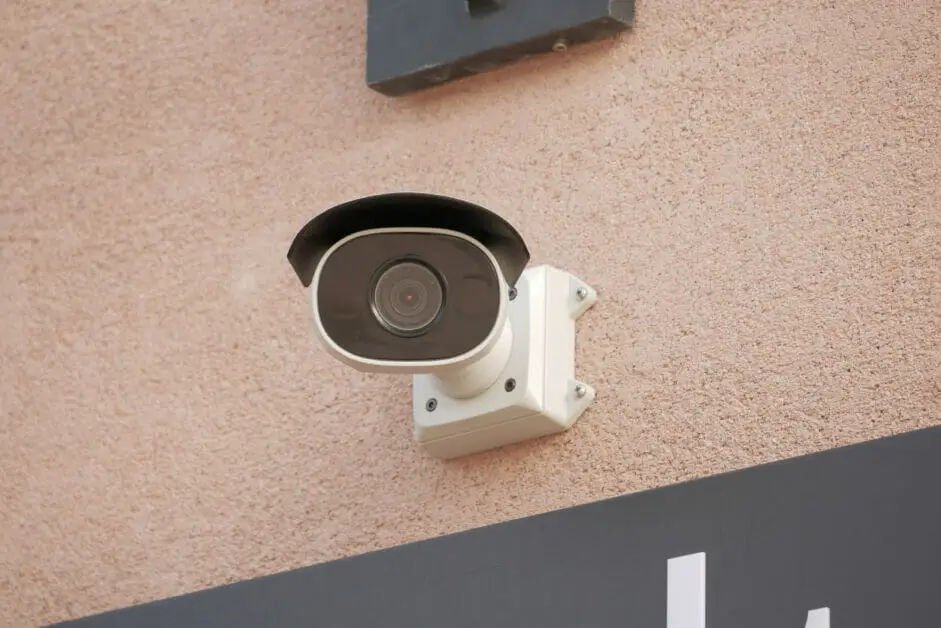
Regarding security cameras capturing license plates at night, several essential features must be considered:
| Feature | What it Does | Why it’s Important |
|---|---|---|
| High Resolution | Delivers a more detailed image | Ensures clarity for distinguishing small details like license plate numbers |
| Infrared Illumination/Night Vision | It provides illumination that cameras can use to see in low-light or dark conditions | Allows the camera to capture clear images of license plates even in the absence of visible light |
| Large Sensor | Collects more light | Enhances image quality, particularly in low-light conditions |
| Adjustable Focal Length / Zoom | Allows for adjusting the field of view and the level of detail | Enables the camera to capture clear images of license plates at various distances |
| Fast Shutter Speed | Controls the length of time that the camera’s sensor is exposed to light | Reduces motion blur, which is critical for capturing clear images of moving vehicles |
| Wide Dynamic Range (WDR) | Balances lighting conditions in high contrast or brightly lit scenarios | Ensures license plates aren’t washed out or hidden in shadow |
| Image Compression | Reduces the size of the video file without significant loss of quality | Saves storage space while maintaining enough detail to recognize license plates |
Integrating LPR Systems with Existing Security Systems
| Integration Type | Description | Advantages |
|---|---|---|
| LPR with NVR and Video Surveillance Systems | Adding LPR technology to existing security systems can enhance capabilities. Integrating a network video recorder (NVR) enables real-time capture and analysis of license plate data. | Allows tracking of every vehicle entering and leaving a property like a parking lot; Effective in low-light conditions with the help of Infrared (IR) lighting |
| Incorporating LPR Cameras with Other Security Features | Combining LPR technology with features like access control, intrusion detection, and surveillance systems can improve overall security. The addition of two-way audio to an LPR-enabled security camera system can provide better communication and control. | Enhances the overall security system; Enables quick communication in case of an intrusion attempt by an unauthorized vehicle; Boosts peace of mind |
The combination of these systems can be tailored based on the specific needs of a property or facility. Integration of LPR systems not only optimizes vehicle identification but also improves the overall security posture.
References
Websites:
- Nelly’s Security Blog. https://www.nellyssecurity.com/blog/articles
- IPVM. https://ipvm.com/
- CCTV Camera World Blog. https://www.cctvcameraworld.com/blog/
- TechRadar. https://www.techradar.com/
Video References
Top 5 Picks
Nelly’s Security

